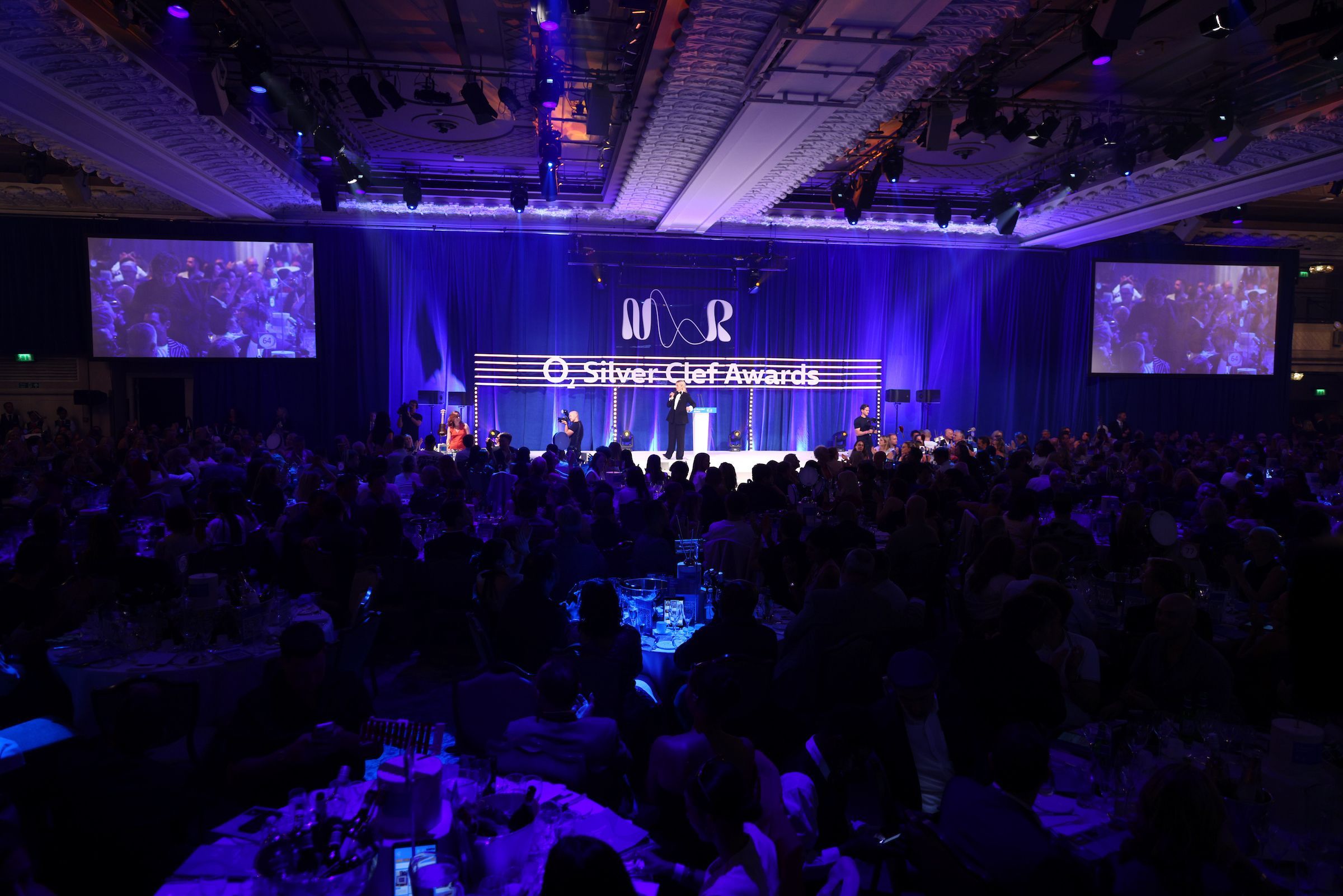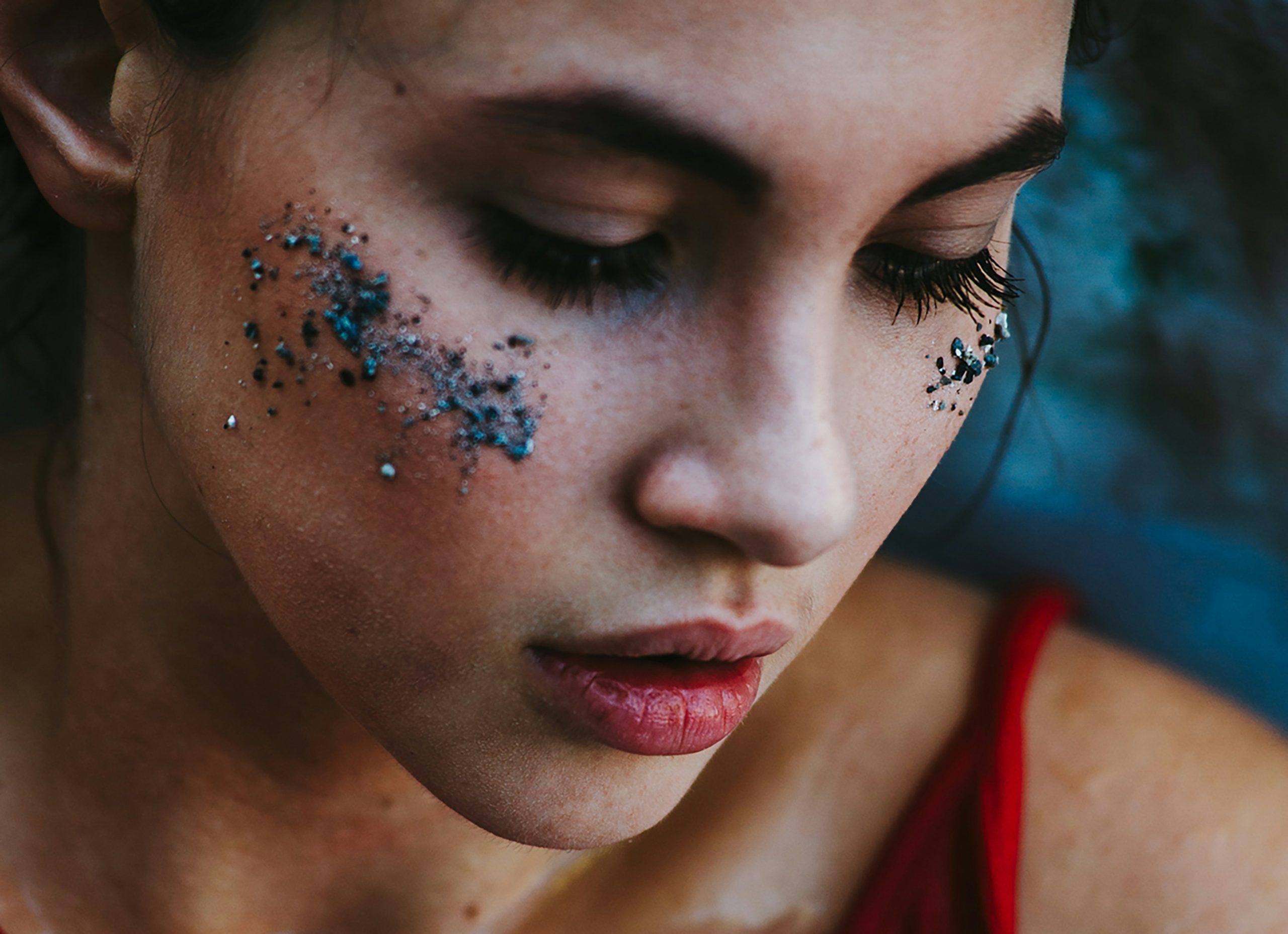Getting a good night’s sleep has always been a struggle for a lot of people, but it’s never been harder than it is right now. Between late-night screen time, never-ending notifications, and stress levels that don’t seem to take a break, the modern world has made deep, restorative rest feel like a luxury instead of something that just happens naturally. And it’s not just about feeling tired—bad sleep messes with your health, your mood, and your ability to focus on literally anything.
But here’s the good news: technology is finally catching up to the problem. Instead of just tracking how bad your sleep is, the newest wave of smart tech is actually fixing it. The focus has shifted from just collecting data to actively improving sleep in real-time, helping people fall asleep faster, stay asleep longer, and wake up feeling like they actually rested. And no, this isn’t about popping another melatonin tablet or trying to meditate through exhaustion. The future of sleep is smarter—and it’s already here.
Your Mattress Might Be Smarter Than You
For decades, people were told that getting better sleep meant finding the perfect mattress—soft, firm, memory foam, whatever. But sleep science has moved beyond that. Now, smart mattresses and beds are bringing a level of customization that was impossible before.
These aren’t just slabs of foam; they’re interactive, responsive systems designed to adjust to your body in real time. Sensors embedded in the mattress track your movement, breathing, and even your heart rate, automatically adjusting firmness and support based on what you need. If you’re overheating, they can cool you down. If you’re sinking into a bad posture, they subtly shift to fix it. Some even come with built-in white noise or vibration settings to lull you into a deeper sleep cycle.
And the best part? These smart beds learn from your sleep patterns over time, adjusting automatically so you don’t have to keep fiddling with settings. If you’re constantly waking up at 3 AM for no reason, your bed might figure out why before you do.
Breathing Tech That Actually Works
Breath control has been tied to better sleep for years, but now, technology is making it easier to use in real life. Wearable devices and smart sleep assistants use gentle vibration or audio cues to guide your breathing into patterns that signal your body it’s time to sleep. It’s like a built-in wind-down routine, training your nervous system to switch gears from stressed-out daytime mode to deep-sleep mode.
This kind of technology has been especially game-changing for people dealing with sleep apnea, a condition where breathing repeatedly stops and starts during sleep. While CPAP machines have been around for a while, newer wearable options are making treatment way more comfortable and less disruptive. Instead of strapping on a bulky mask, some devices use small sensors or even subtle muscle stimulation to keep airflow steady without waking the person up.
Even for those without sleep apnea, controlled breathing tech can be a serious game-changer. Some devices sync up with meditation apps or smart home systems to create the perfect sleep-inducing atmosphere, adjusting sound, lighting, and temperature to match your breathing patterns.
The Surprising Link Between Light and Sleep
For years, the advice has been simple: stay off screens before bed. But let’s be real—most people aren’t giving up their phone, tablet, or late-night Netflix binge. The real problem isn’t the screen itself, but the type of light it gives off. Blue light messes with melatonin production, tricking your body into thinking it’s still daytime.
And that’s where new tech is stepping in. Instead of just telling people to ditch screens (which isn’t happening), the focus is now on balancing exposure to the right types of light at the right times. Smart bulbs and LED panels can shift color temperatures throughout the day, mimicking natural sunlight patterns so your body stays in sync.
But when it comes to balancing your circadian rhythm, nothing does the job like light therapy glasses. These futuristic-looking wearables expose your eyes to specific wavelengths of light that signal your brain when to be alert and when to wind down. Morning exposure helps you wake up naturally without needing three cups of coffee, while evening settings help counteract the effects of late-night screen time. Some even sync up with sleep tracking apps to personalize the schedule based on your unique rhythms.
And unlike generic blue-light blocking glasses, these actually do something. Instead of just dimming screens, they work actively with your brain’s sleep-wake cycle, making them one of the most promising tools for fixing sleep issues at the source.
Soundscapes That Do More Than Just Block Noise
White noise has been a sleep hack for years, but sound technology is evolving way past a simple fan or noise machine. Now, sleep-focused soundscapes are being designed with specific brainwave activity in mind.
Binaural beats, for example, use slightly different frequencies in each ear to encourage your brain to shift into a more relaxed state. Other audio technologies use real-time biofeedback to sync up with your sleep cycles, playing different sounds based on where you are in the sleep process.
And it’s not just about blocking out annoying background noise. Some smart sound systems adjust based on your environment, fading out disruptive noises while amplifying the frequencies that promote deep sleep. It’s a completely different approach to sleep audio—one that’s actually based on brain science instead of just playing rain sounds on loop.
AI-Powered Sleep Coaching
For a long time, sleep trackers did little more than tell you how bad your sleep was. You’d wake up, check your app, and see a sad little graph showing how often you tossed and turned. But knowing you slept badly doesn’t actually fix anything.
That’s why AI-powered sleep coaching is the next big step. Instead of just tracking data, these systems use AI to give real-time, personalized recommendations on how to improve sleep. They can identify patterns, offer targeted advice, and even adjust smart home devices automatically.
For example, if your sleep quality drops every time your bedroom is above a certain temperature, your AI coach might start cooling the room automatically before bedtime. If you tend to wake up at the same time every night, it might suggest a different wind-down routine or tweak your light exposure. The more you use it, the better it gets at optimizing your sleep.
And because it’s AI-driven, it’s not a one-size-fits-all approach. The system learns from your habits and tailors advice specifically to you, making it one of the most personalized solutions out there.
Better Sleep Is Here
Sleep problems aren’t going anywhere, but the technology designed to fix them is getting smarter by the day. The shift from simple tracking to real-time improvement is a massive leap forward—one that’s actually helping people get the kind of rest that makes a difference.
Whether it’s AI-powered sleep coaching, light therapy that works with your circadian rhythm, or smart mattresses that adjust while you sleep, the future of sleep tech isn’t just about collecting data. It’s about making deep, restorative sleep something you can actually count on. And honestly, after years of feeling exhausted, that’s a change people are more than ready for.





